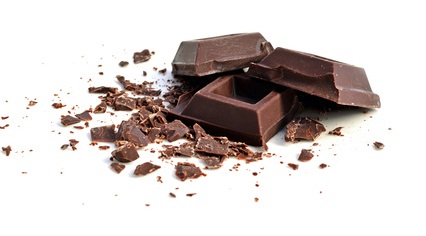Chocolate originated during the Classic Period Maya (250-900) in Mesoamerica, an area that encompassed the Tropic Cancer in Mexico, Guatemala, Belize, El Salvador, and parts of Honduras, Nicaragua, and Costa Rica. The Maya and their ancestors developed a method of converting the beans from the Theo-broma cacao tree into a chocolate beverage. This process started with the harvesting, fermenting, and roasting of the beans. The beans were then ground a paste and mixed with ingredients including water, chile peppers, and corn meal.
The Maya and the Aztecs in the 15th century used the bitter-tasting beverage in religious and royal ceremonies. Those were just some uses for the products of the cacao tree. Christopher Columbus saw that the Aztecs used cacao beans as currency. He took some cacao beans back to Queen Isabella and King Ferdinand. Later explorers brought back the knowledge about how to convert the beans into a beverage. The Spanish added spices like cinnamon and sugar to the beverage to make it sweeter. The new beverage remained Spain’s secret for a century.
Then other Europeans found out about the chocolate drink. It was an expensive indulgence, only affordable to the upper classes. That changed with the Industrial Revolution of the 1800s. Mass production brought down the cost of manufacturing treats including solid chocolate. Another milestone occurred in 1875 when Daniel Peter and Henri Nestle; created milk chocolate by adding condensed milk to chocolate. Since then chocolate diet became one of the most popular diet techniques used throughout the world.
By: Kris Lee





